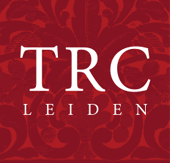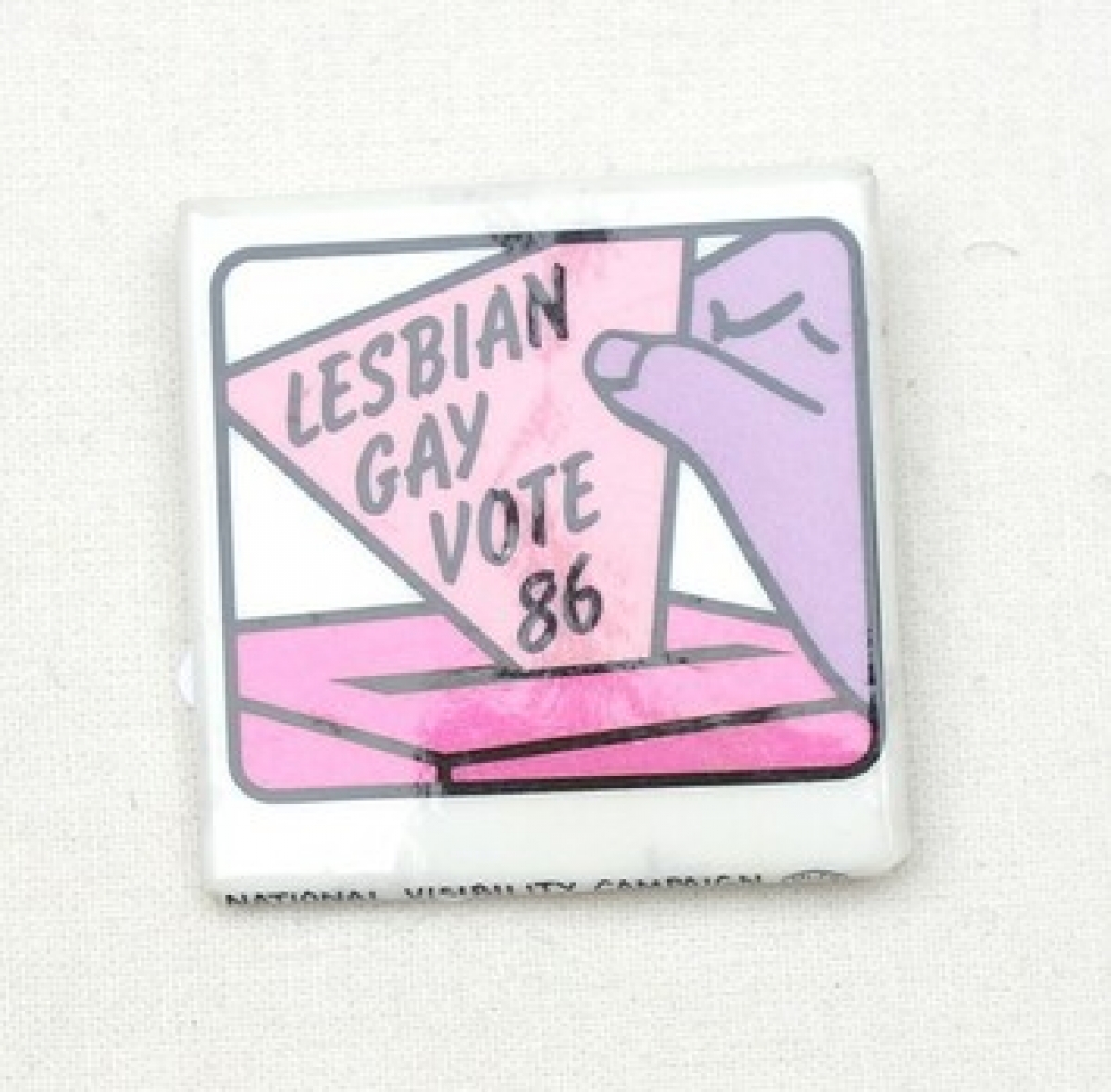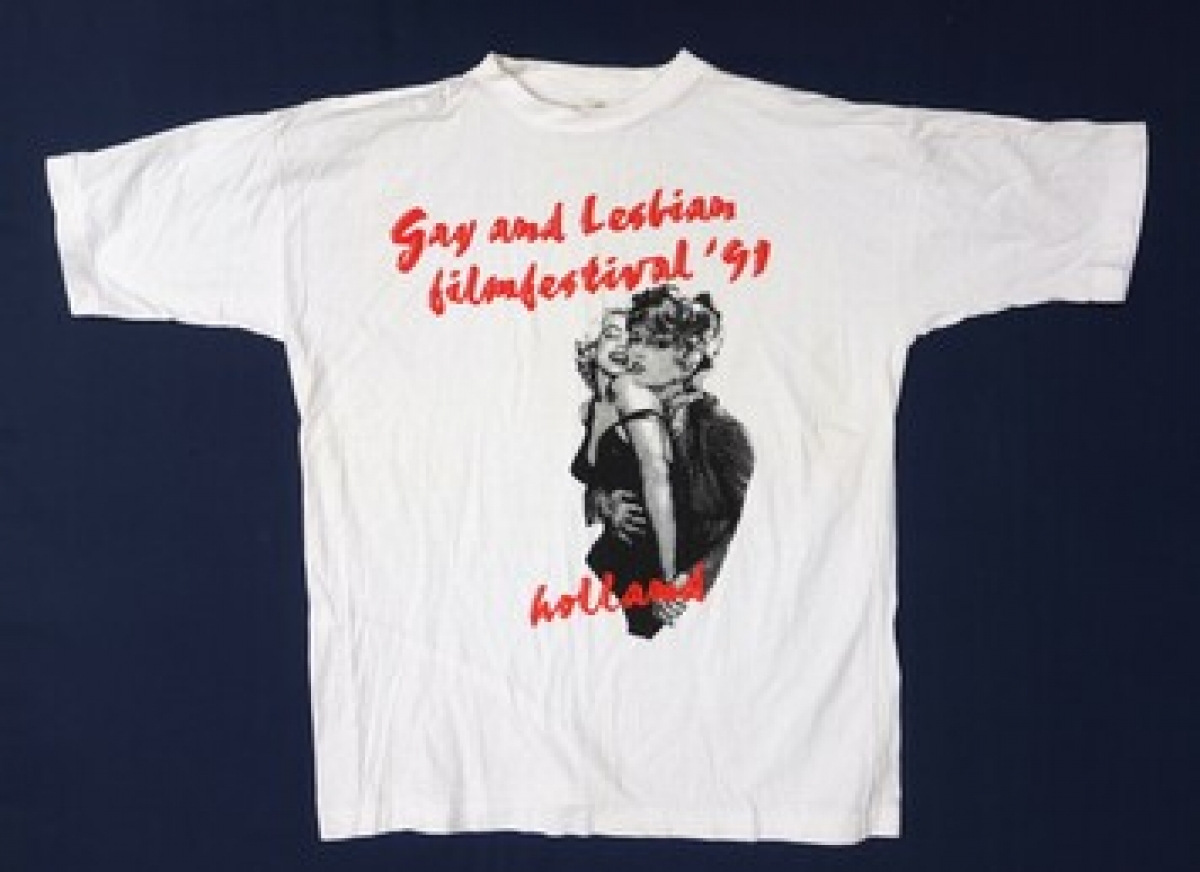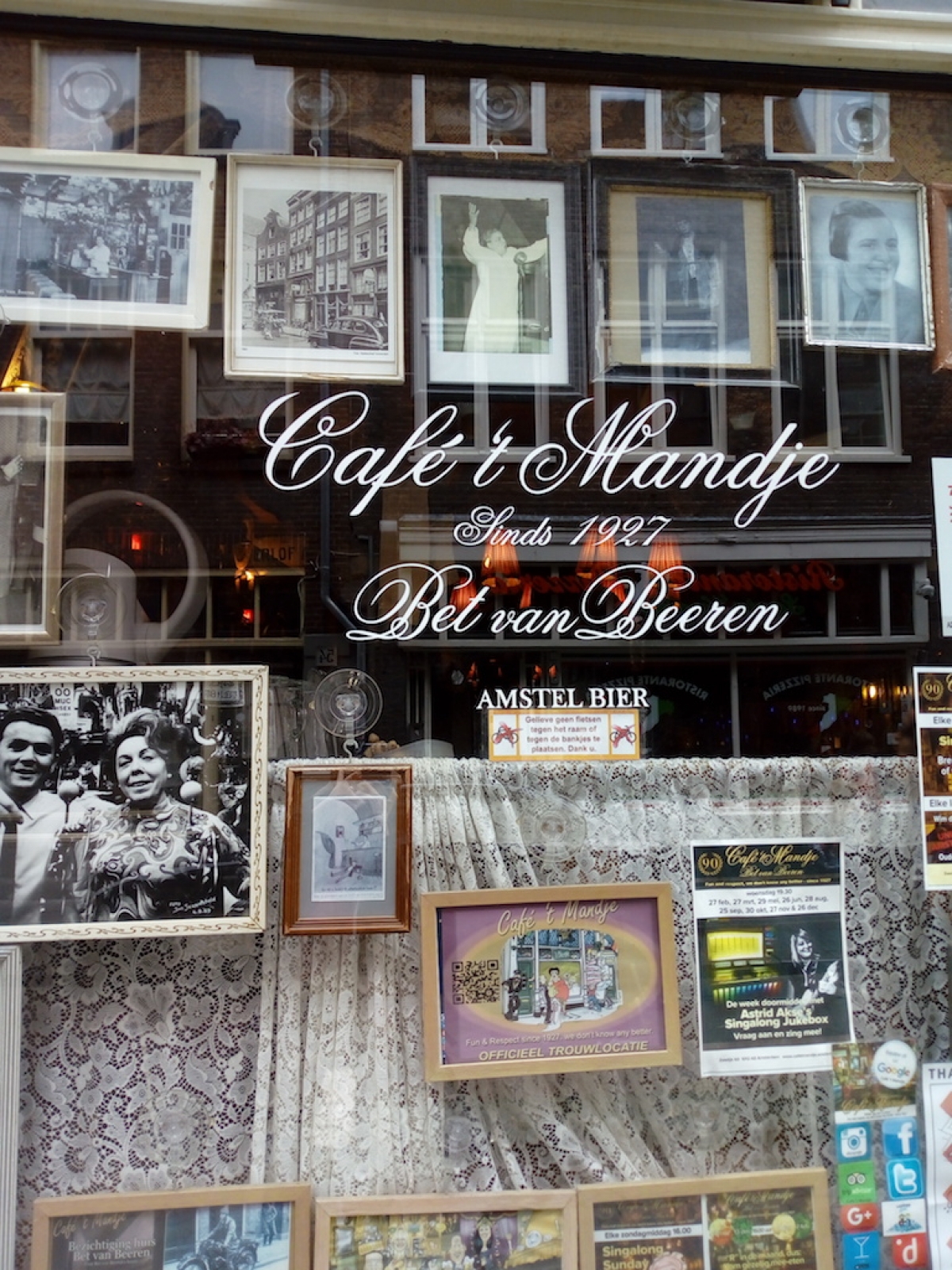Rainbow People Celebrating 50 Years Of Stonewall
Rainbow people: Celebrating 50 Years of Stonewall
Textiles tell stories. The Textile Research Centre (TRC) in Leiden has organized this online exhibition to celebrate a few of the stories of LGBTQ+ people and to explore the connection between dress, gender and identity. From rainbow flags to glittery drag costumes, T-shirts to silk ties, the textiles in the TRC collection tell stories of struggle and pride.
The way we dress reveals the communities we belong to, or aspire to belong to. Dress shows how we see ourselves and how we want others to see us. It signals gender, age, and availability for a relationship. Dress has always been a marker of identity, a way to place yourself in society—and a way you are placed by others.
For LGBTQ+ people, dress has historically been a way to maintain an identity and to identify each other in often hostile environments. Dress functioned as a code, recognized only by those in the know. The code may have involved wearing a certain colour or article of clothing, an accessory such as a flower or piece of jewellery, or clothes usually worn by another gender. All of this has been used at one time or another by LGBTQ+ people to send messages, to create community, to fight invisibility and prejudice, and often to simply proclaim “I exist”.
Colophon:
- Author: Shelley Anderson
- Web-design: Joost Koopman
- Exhibition design: Willem Vogelsang
- Publisher: TRC Leiden.
- Year of publication: 2020
- Copyright: All illustrations of objects housed in the TRC collection can be used free of charge, but please add to the caption: "Courtesy Textile Research Centre, Leiden" and the pertinent accession number of the object.

















